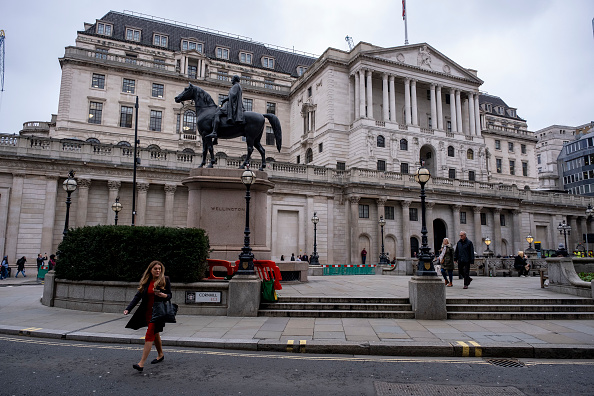The Monetary Policy Committee can fight rate setting unease with greater coherence

Andrew Bailey did not have a lot of luck when he came to the table as the new Governor of the Bank of England, stepping into the job about the same time as a flu-like virus from a Chinese city nobody had heard of arrived at Heathrow.
He has since played a bad hand badly, confounding market expectations and continuing to put his foot in it with dramatic regularity. But in the past year or so, he has at least – whilst speaking mostly in his unique mix of the regulatory and the riddle – managed to do no harm.
He has the opportunity to continue this winning streak today. The market is now looking at a rate cut in May or June, and it is beholden on the monetary policy committee to begin steering away from that, now, if they don’t believe they can deliver it. That means coherence across the members of the body, many of whom have been free styling with no obvious goal in recent months.
Just because the Bank is not Political with a capital P does not mean it isn’t political. Nobody is expecting collective responsibility and a robust public debate is of great value in normal times, but with the market looking for clarity on the rate and pace of rate cuts, it should not be the case as it has been in recent months that MPC members can seem to contradict each other on an almost daily basis.
There are many lessons to be learned over the Bank’s dramatic failures as inflation took hold. The first is never to surprise the City, and to move faster not slower; rate movements are, after all, anything but immediate in their impact. The second is to communicate clearly, ridding the messaging of confusion.
The Bank, with the above exceptions, has done a much better job of following these rules in recent months.
As interest rates begin to fall and inflation normalises, let’s hope they remember them.